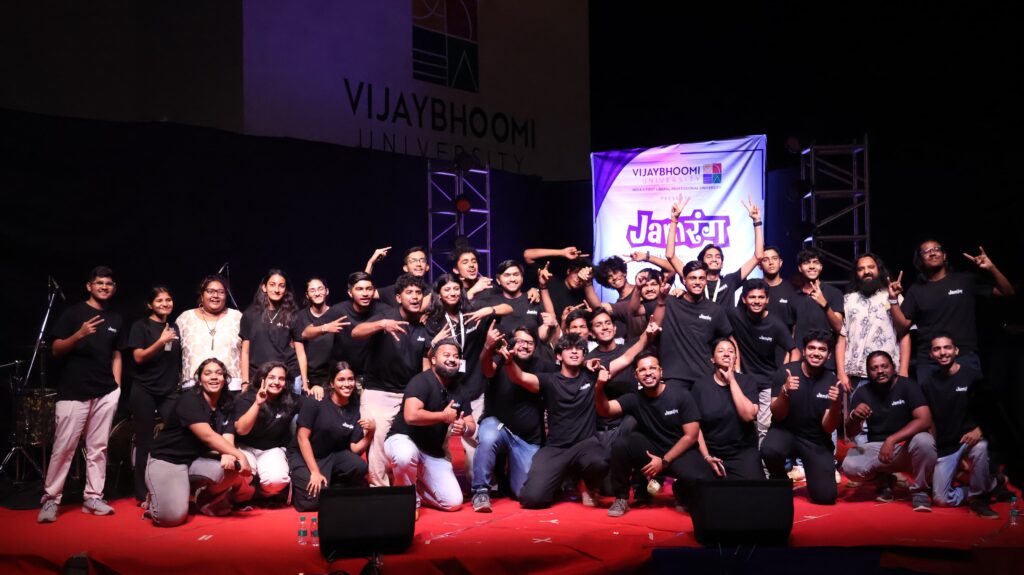Homepage
2025-04-25 7:08Homepage
Jamrang 2025
Highlights
Kanyathon 2025
Highlights
Graduation Day
Highlights
Graduation Portfolio
Highlights
VSST students advance in ISRO’s IRoC-U 2025 Robotics Challenge, showcasing innovation under the mentorship of Dr. Salur Srikant!

About Vijaybhoomi

Discover Yourself
Undergraduate Programs at VU
Learn more about the courses we offer.
Explore Global Pathways For You.
Choose from Multiple Pathways across France, USA & Switzerland

Admissions Open for 2025
Dr. K. Kasturiranjan speaking at Vijaybhoomi convocation ceremony
Dr. K. Kasturirangan, Chairman of NEP Committee, commends Vijaybhoomi University's unique liberal education and alignment with the National Education Policy during his convocation speech.
Student Life at VU
Experience a vibrant and inclusive student life at Vijaybhoomi University, where learning goes beyond the classroom, fostering a community that embraces creativity, collaboration, and personal growth, making your university journey truly unforgettable.




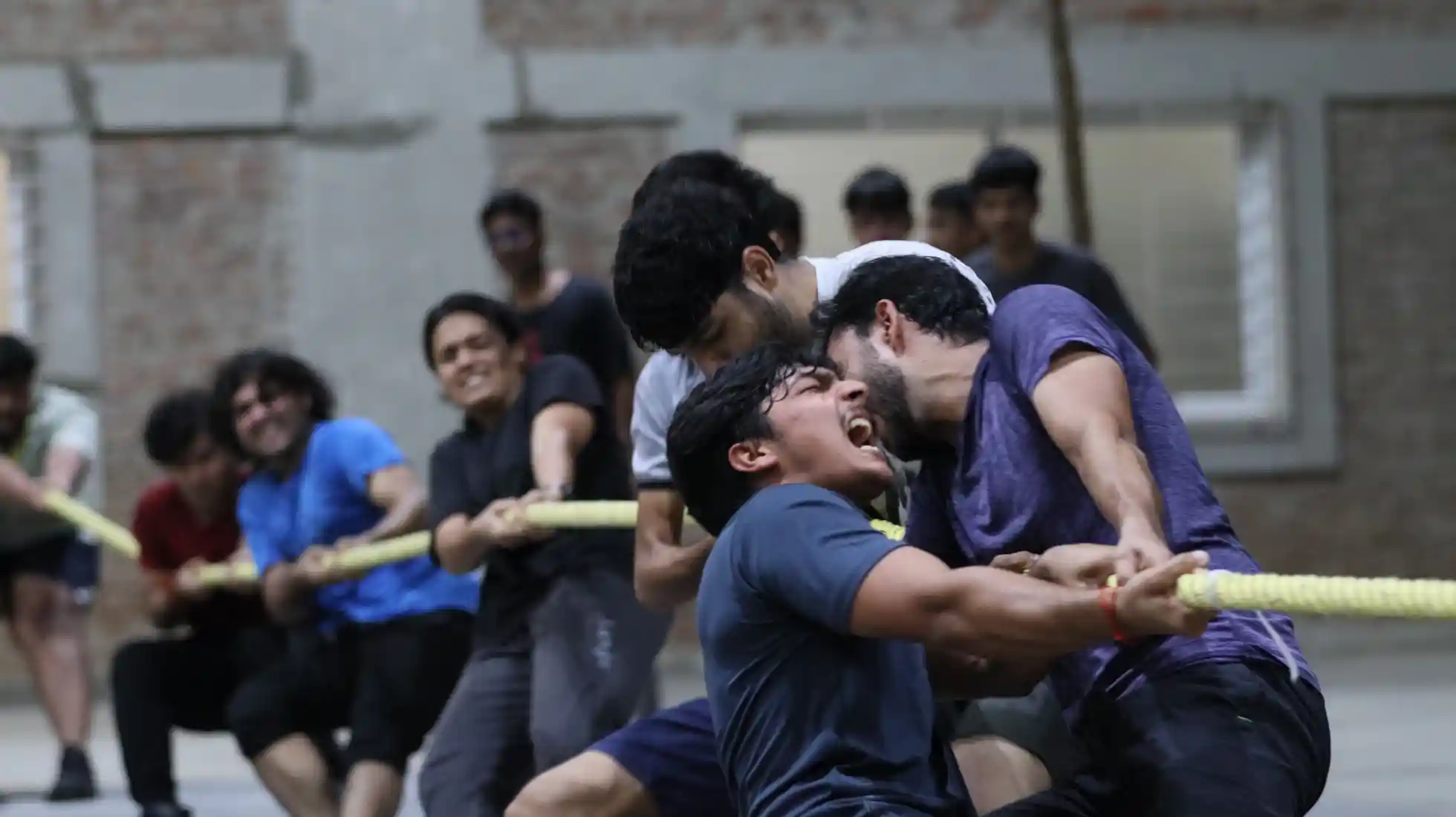


Discover Your Path & Future Career
Take the Vijaybhoomi University Multiple Intelligence Test & get Insights about your own self!
Events at VU
At Vijaybhoomi University, we foster a vibrant ecosystem where creativity, passion, and purpose come together. Our events reflect the dynamic energy of our campus, offering students opportunities to express themselves, connect with others, and contribute to meaningful causes. It's a place where every experience nurtures personal growth and collective impact.
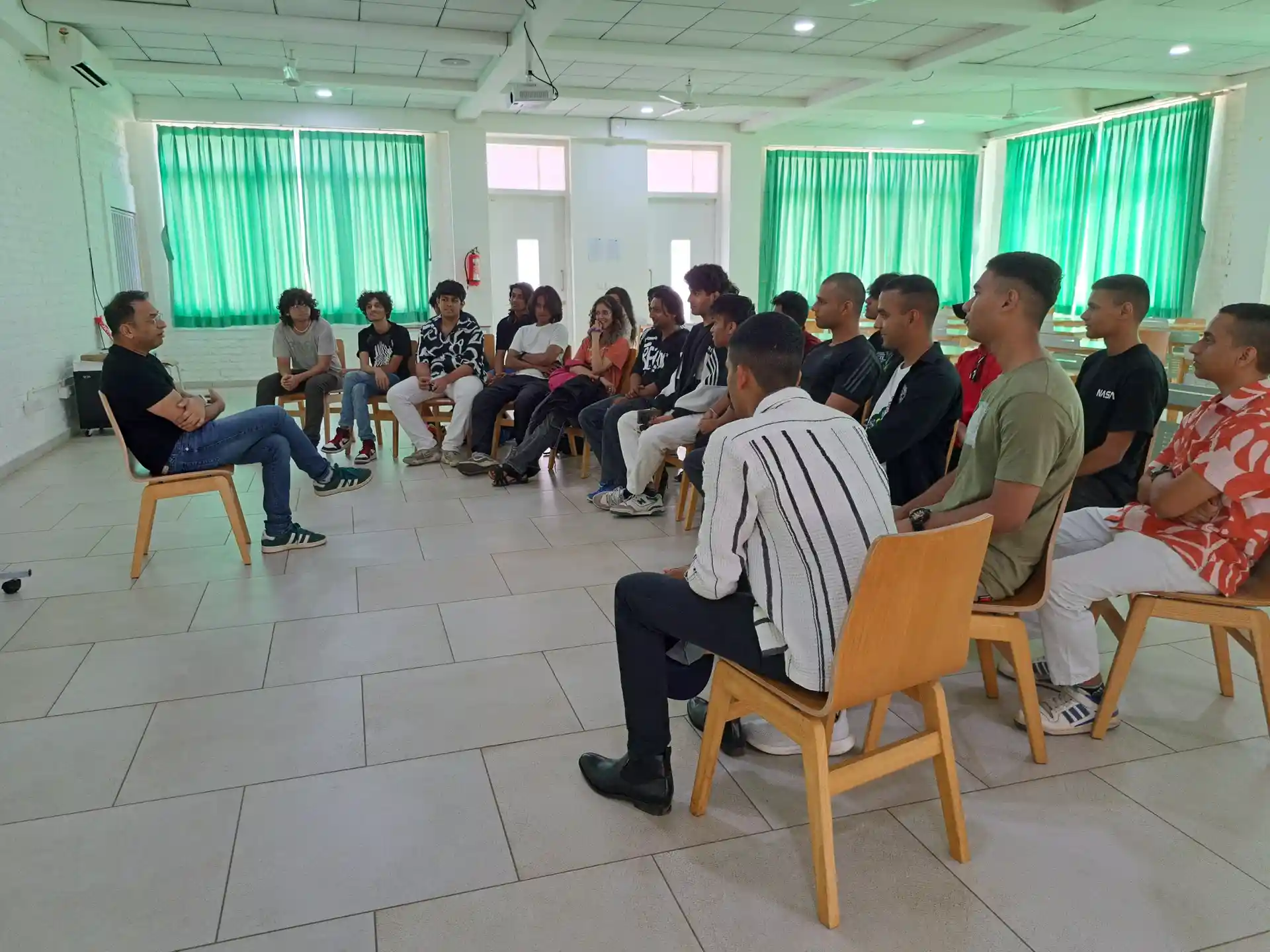


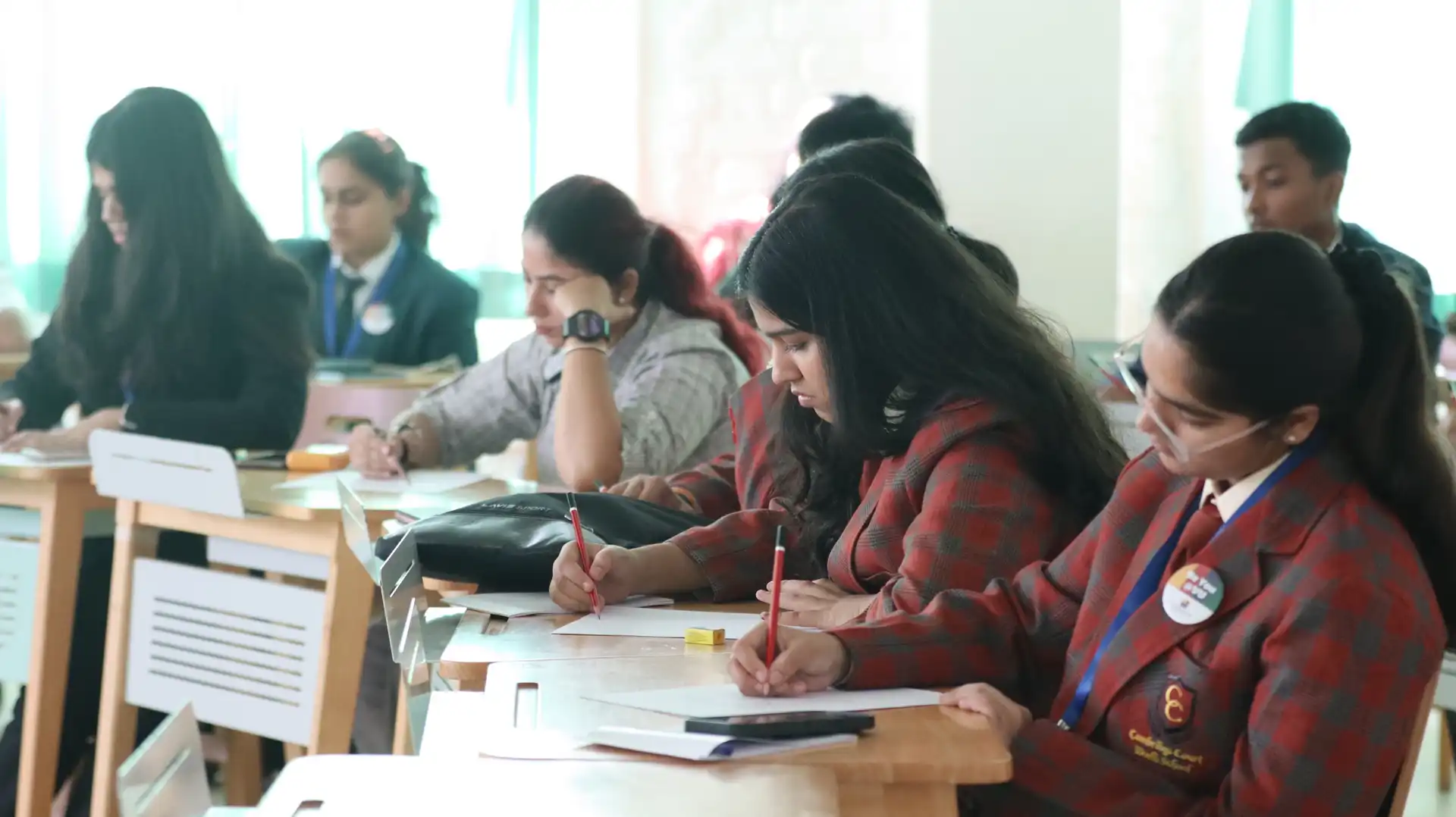



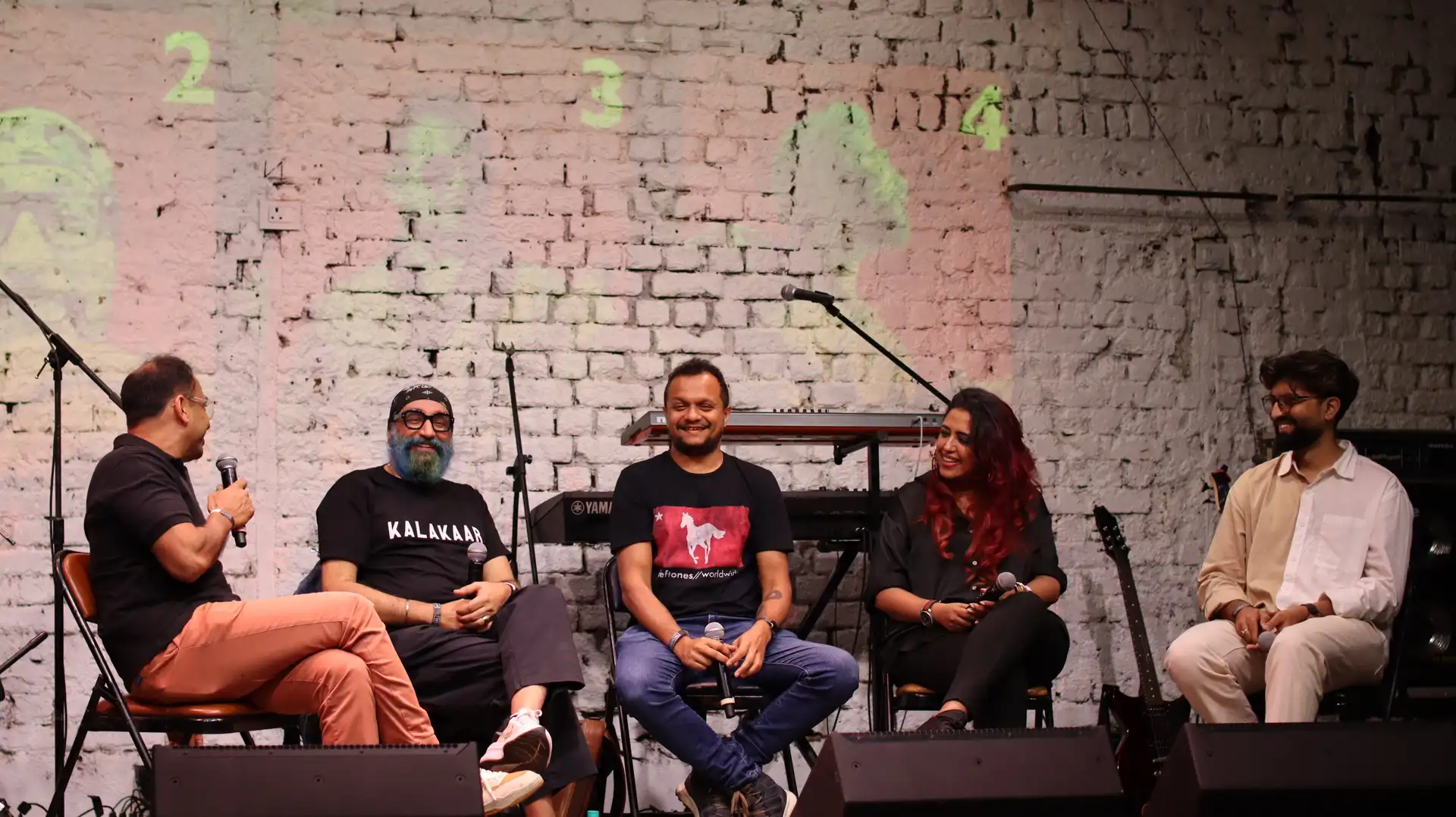
Start Your Journey at VU
Latest News at VU
What's happening in VuCamp
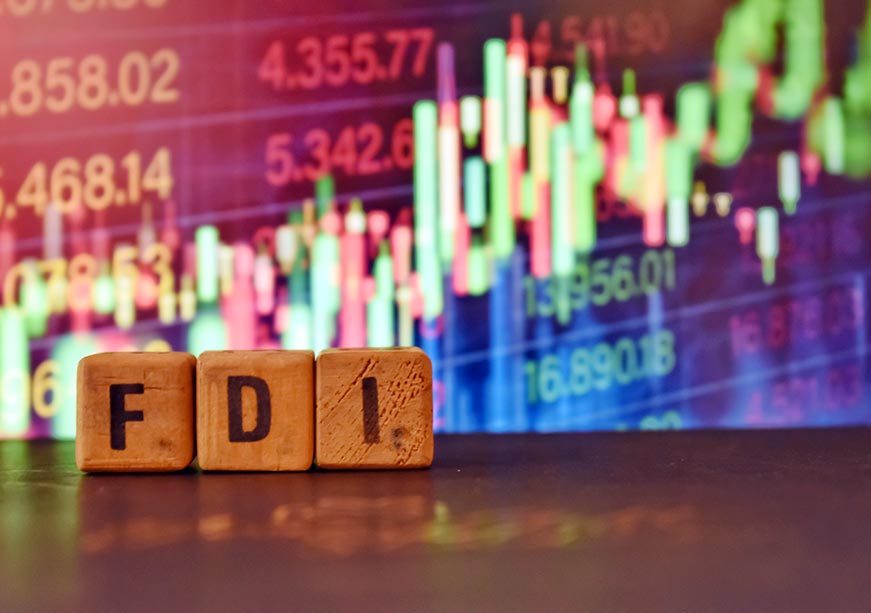
FDI in multi-brand retail: The final frontier addressing the jobless growth conundrum

France’s KEDGE Business School to launch campus in India; partners with Vijaybhoomi University for BBA

How liberal arts encourage cross-disciplinary learning and integration of diverse fields

Importance of interactive learning, live projects, workshops, masterclasses for engg & tech students

Importance of cultivating critical thinking & liberal education in the digital age
